Te ite i te pae no te uira
How to Conduct Inspections Before Going Out with a New Energy Vehicle?
Tuuhia i ni'a i te na roto i te Te mau pereoo uira
As September rolls in, the National Day holiday is just around the corner, waving at us excitedly. Notably, the National Day of 2020 coincides with the Mid-Autumn Festival, presenting us with a luxurious eight-day holiday package. Without the need to painstakingly combine leave days, we can enjoy an uninterrupted eight-day break.

I believe that many, like me, can hardly contain the excitement within. The planning of self-driving travel routes has promptly taken center stage. Tera râ,, while an increasing number of vehicles join the “highway travel” bandwagon, the significance of vehicle maintenance and safety inspections should never be overlooked. Particularly, the inspections before setting out are of paramount importance.
For an extended and liberating holiday self-driving journey, how precisely should we inspect our cherished vehicle before hitting the road?

Check if the Tires are Normal
Te mau huira pereoo, being the “feet” of the vehicle, are a critical element directly influencing our safety. The process of inspecting tires isn’t overly complex, and some aspects can be assessed with the naked eye.
Specifically, we need to meticulously observe whether there are stones lodged within the tire treads, any punctures, if the service life of the tires is approaching its limit, the presence of bulges, or if the treads have been worn smooth. The discovery of any of the aforementioned situations demands prompt attention and timely resolution. Failure to address these could potentially lead to unforeseen circumstances such as tire damage causing accidents or compromised grip during braking.
For instance, stones trapped in the treads can not only reduce the tire’s grip but also increase the risk of tread damage over time. Punctures, if not detected and repaired promptly, can lead to rapid air leakage, especially at high speeds, posing a significant safety hazard. Worn-out or flat treads reduce the tire’s ability to channel water, increasing the risk of hydroplaning in wet conditions.
Bulges on the tire surface often indicate internal damage or structural weakness and can lead to sudden blowouts, which are extremely dangerous, especially at high speeds.
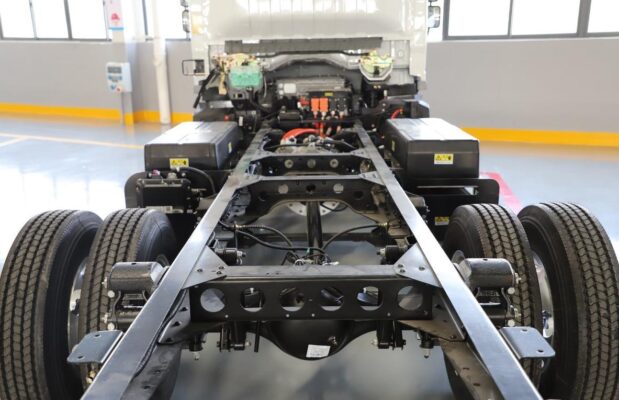
Check if the Tire Pressure is Normal
Tire pressure serves as an indicator of a vehicle‘s load-bearing capacity. Ua haapii mai te vehicle‘s load capacity is intrinsically tied to the tire pressure. When tire pressure issues go undetected before hitting the road, especially on the highway, the likelihood of traffic accidents escalates significantly.
Maintaining the correct tire pressure is essential for optimal vehicle performance and safety. Under-inflated tires increase rolling resistance, which leads to higher fuel consumption and reduced tire lifespan. They also compromise handling and braking, increasing the stopping distance. Over-inflated tires, on the other hand, reduce the contact area with the road, affecting grip and stability, especially during cornering.
It’s advisable to use a reliable tire pressure gauge to measure the pressure of each tire, including the spare tire. The recommended tire pressure can usually be found in the vehicle‘s owner’s manual, on a sticker inside the driver’s door jamb, or on the fuel filler flap.
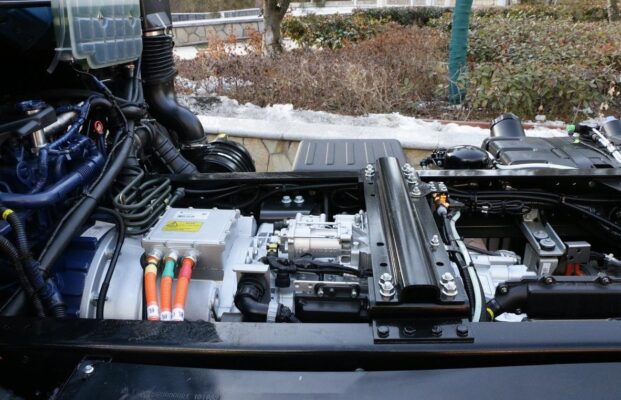
Check if there are Problems with the Brake Pads
In contrast to tires and tire pressure, issues with the brake pads are typically more palpable during our daily drives. The lifespan of brake pads primarily hinges on the driving conditions of the vehicle, the frequency and force with which the driver depresses the brake pedal. Commonly, brake pads typically require replacement every 30,000 to 40,000 kilometers, and new brake pads should be installed promptly when needed. Te tahi atu â mau mea, when the brake pads wear down to the safety line, immediate replacement is essential.
Excessive wear on the brake pads can result in reduced braking efficiency, longer stopping distances, and increased stress on the braking system. This not only poses a safety risk but can also lead to damage to other components of the braking system, such as the rotors and calipers.
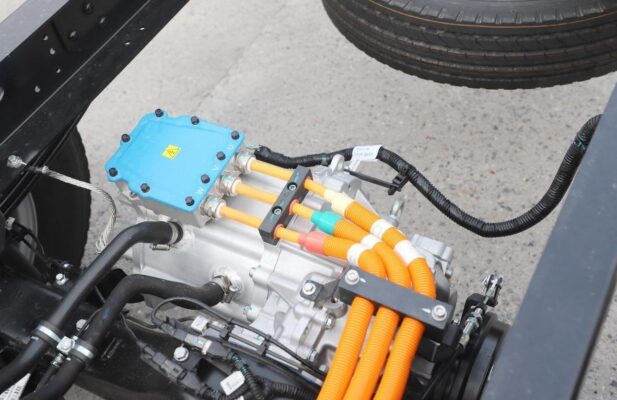
Vehicle Charging Related Maintenance
The battery, serving as the power source of electric vehicles, is the most pivotal and distinctively significant component. Hence, during the charging process, it’s not only necessary to ensure the ventilation of the charger but also to prevent overheating of the charging plug.
When it comes to charging, Kairui new energy vehicles offer two options: AC slow charging and DC fast charging. AC slow charging typically takes approximately 10-12 hours to fully charge the vehicle, while DC fast charging can achieve around 80% charge in about 1.5-2 hours. (Specific details may vary depending on the actual vehicle model and conditions.)
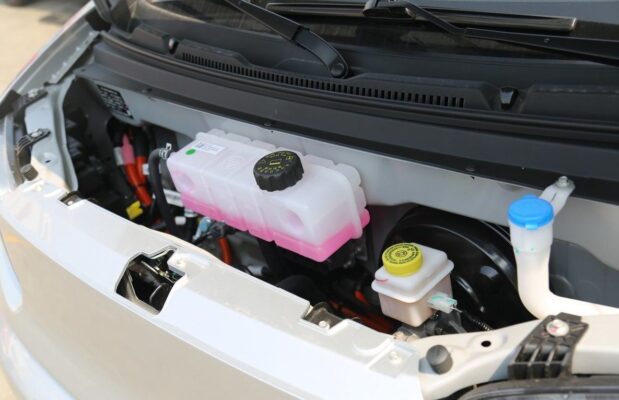
Furthermore, due to the extensive daily travel distances covered by the vehicle, during the daily charging routine, even after the indicator light of most chargers indicates a full charge, it might be beneficial to extend the charging duration slightly. This is because when the indicator light shows full charge, the actual charge level is often only around 97% – 99%. Although this slight power difference may have a negligible impact on the immediate battery range, it can lead to cumulative power shortages over time. Where conditions permit, extending the charging time daily can keep the battery in a shallow cycling state, which is conducive to prolonging the battery’s lifespan.
In addition to the above, it’s crucial to inspect the battery for any signs of damage, leakage, or abnormal swelling. The charging cables and connectors should also be checked for fraying, damage, or loose connections. Regular cleaning of the charging ports to remove dirt and debris helps ensure a good connection and efficient charging.
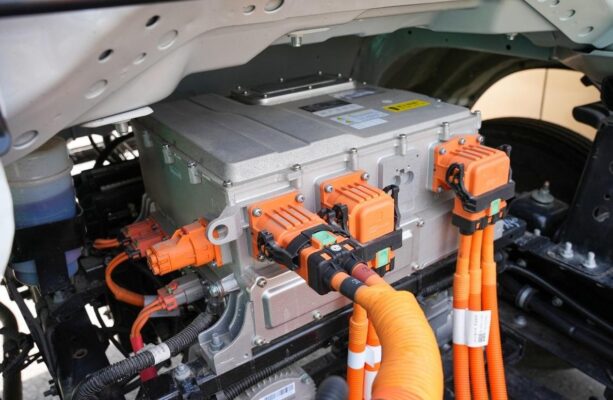
Ei faaotiraa, before embarking on a long self-driving trip with a new energy vehicle, conducting thorough and meticulous inspections of tires, tire pressure, brake pads, and the charging system is essential. By taking these precautions, we can enhance the safety and reliability of our journey, ensuring a pleasant and trouble-free travel experience.
As new energy vehicle technology continues to advance, it’s vital to stay updated with the latest maintenance guidelines and recommendations from manufacturers. This will enable us to make the most of our vehicles and contribute to a sustainable and efficient transportation future.